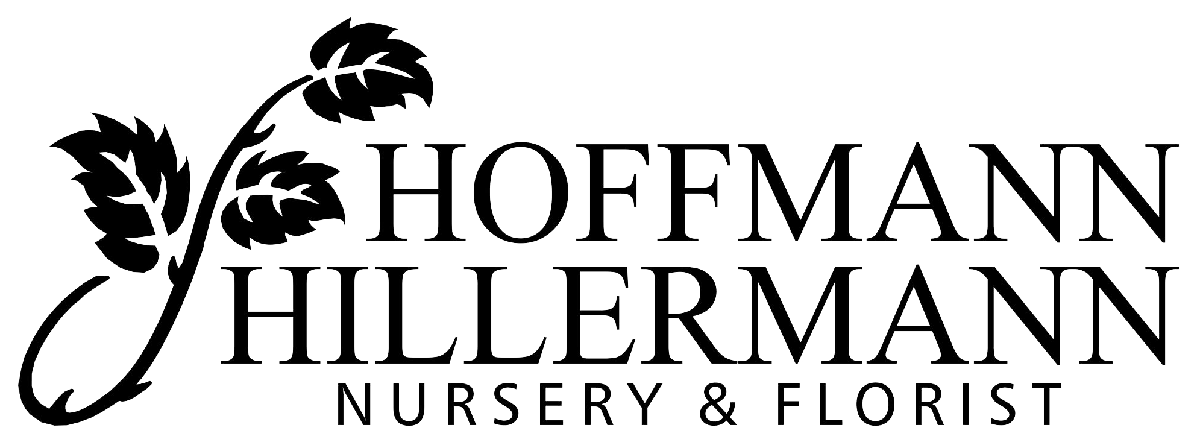Basics: The Tufted Titmouse is a little gray bird approximately 6 inches in length with a white front and grey upper body outlined rust colored flanks. Other characteristics include their black forehead, and the tufted grey crest on their head. It is common in deciduous forests and a frequent visitor to feeders. The large black eyes, small, round bill, and brushy crest gives these birds a quiet but eager expression that matches the way they flit through canopies, hang from twig-ends, and drop into bird feeders. When a titmouse finds a large seed, you’ll see it carry the prize to a perch and crack it with sharp whacks of its stout bill. You’ll often hear the high, whistled peter-peter-peter song well before you see the bird.
Housing: Tufted Titmice nest in tree holes (and nest boxes), but they can’t excavate their own nest cavities. Instead, they use natural holes and cavities left by woodpeckers. Therefore, putting up nest boxes is a good way to attract breeding titmice to your yard. Make sure you put it up well before breeding season. Attach a guard to keep predators from raiding eggs and young. If you have a natural wooded area leave some dead trees for nesting titmice.
Food: Tufted Titmice are regulars at backyard bird feeders, especially in winter. They prefer sunflower seeds but will eat suet, peanuts, and other seeds as well. They also eat insects, which is a good reason to attract them to your yard.
How to Attract: Tufted Titmice will visit feeders year-round. Offer sunflower seed, a seed mix containing sunflower seeds, and/or suet in feeders. In addition, hang bird houses and leave some older dead trees in wooded areas so they can nest in old woodpecker holes and crevices. Don’t forget that a birdbath will also help attract these and other wild birds.
Facts: Tufted Titmice hoard food in fall and winter. Usually, the storage sites are within 130 feet of the feeder. The birds take only one seed per trip and usually shell the seeds before hiding them. Their nest (probably built by female) has foundation of grass, moss, leaves, bark strips, lined with soft materials, especially animal hair. Bird may pluck hair from live woodchuck, dog, or other animal, even from humans.



